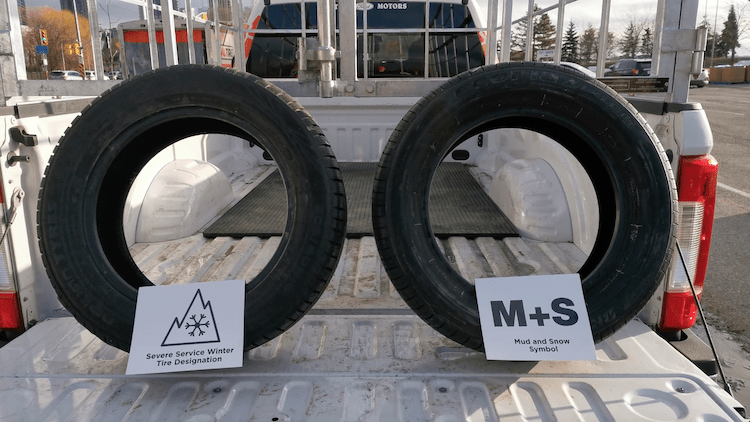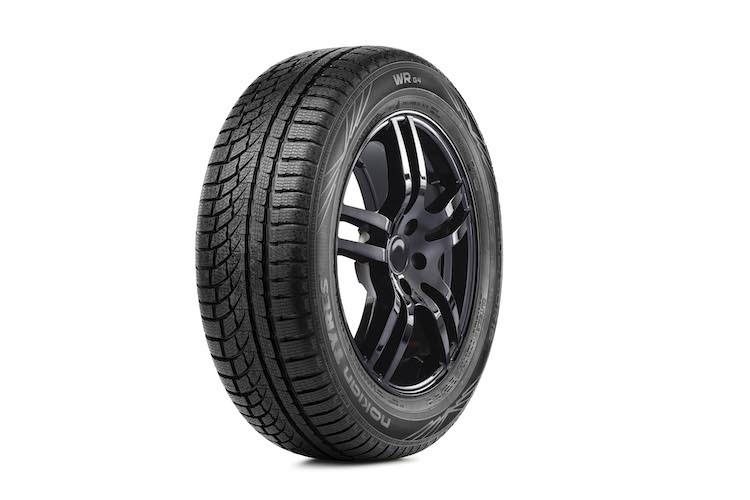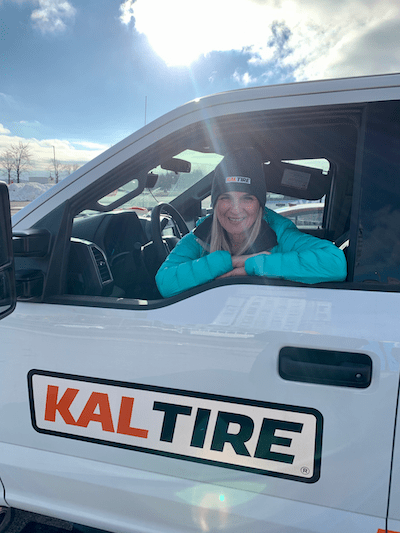In one of life’s great misnaming scandals it’s unfortunate that all-weather vs all-season tires have such similar names. Like exercise and excorcise, they’re close but no cigar. So just like you wouldn’t dream of confusing a Canadian vs an American, you need to have a clear idea in your head when it comes to all-weather vs all-season, because as you might suspect, while they might appear the same at first glance, they are worlds apart.

Let’s be clear before we go any further though, if you’re driving to a ski hill every weekend, or live where the ground is white for more than three months of the year, winter tires are still your best bet. In fact, in some places in Canada, like Quebec, they are mandatory from December 1st to March 15th.

However, there are magical places in Canada that actually get very little snow in comparison to the rest of the country. I’m looking at you Toronto, Victoria, and Windsor, and with a little envy I might add. How’d you get so lucky? You may be right to think you can skip the winter tires, but wrong, oh so wrong, if you think your all-seasons make the cut. While you might not get massive accumulations of snow, you still have to deal with cold and icy conditions like the rest of us, and that’s where good all-weather tires come in.

Kal Tire invited me out for a drive event in Toronto this year to test out all-weather tires vs. all-season tires on a closed course. In typical Toronto fashion, snow had to be carted in mid-January for the test. When it came to braking distance on snow and ice, the all-weather tires were the clear winner. On average, all-weather tires stop over 6.5 m shorter than all-season tires when braking in snow and over 2.3 m shorter when on ice.

I had a ball testing out the tires on the track with Kal Tire, testing stopping time on snow with all-weather vs. all-season, cornering on snow and bare pavement, and even through a slalom course. As a self-described adrenaline junkie, I loved the out of control feeling the all-season tires brought on. The all-weather tires by comparison were a bit ho-hum. Needless to say, out on the roads, ho-hum is precisely what you’re looking for!

The Nokian representative at the drive event explained it this way. All-season tires are made of hard rubber, and when subjected to temperatures below 7C, they harden and lose traction essentially becoming like hockey pucks; hard and slippery. So while hockey pucks sliding across ice are good, the same is not true on roads. And if that’s not the most Canadian way to make Canadians understand why they need all-weather tires on their car, I don’t know what is.
Here’s the best part about putting all-weather tires on your car though; it’s a one and done deal. You could head on over to your local Kal Tire today and get them put on and you’d be good for the rest of this winter season, the summer, and then next winter. All-weather tires are truly year round tires, so no more scrambling to get your winter tires on.

Finally, I don’t want to pretend I know what’s going on in the minds of Canadians but as a fellow Canadian, I think I have some insight into the delusions we toy around with. Heck, I was all excited two days ago when I noticed that it wasn’t dark at 5pm anymore. So, if you’re sitting there thinking “Fine, fine, I see all the points you’re making about all-weather tires Candace, but spring is right around the corner!”, may I present the following graphic to jog your memory.

In the all-weather vs all-season tire debate there is a clear winner. All-weather tires provide a level of safety that you simply don’t have with all-seasons. Because they’re year round tires though, you can leave the aggravation behind of switching to winter tires if you live in an area with less snowfall. If you’ve read this far, then you can’t put the toothpaste back the tube as my mother likes to say, so go get those all-weather tires on and breathe easier on winter roads.



 Chasing Happy When You’re Sad
Chasing Happy When You’re Sad